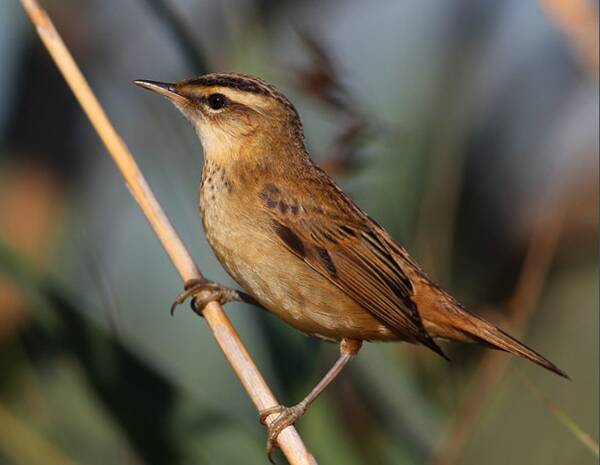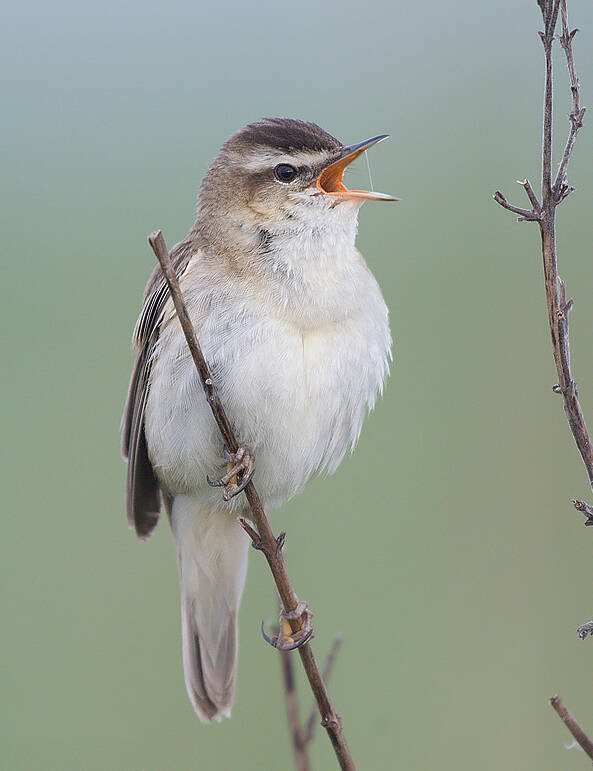Acrocephalus schoenobaenus
IUCN
LCBasic Information
Scientific classification
- name:Acrocephalus schoenobaenus
- Scientific Name:Acrocephalus schoenobaenus,Sedge Warbler
- Outline:Songbird
- Family:Passeriformes Ornithogalidae R.Warbler
Vital signs
- length:120-155mm
- Weight:10-15g
- lifetime:
Feature
Thick dark brown shaft pattern on top of head and back
Distribution and Habitat
In China, it is distributed in western and northwestern Xinjiang, the Ili River Valley and Kashgar region. There have been stray bird records in Hong Kong. The overseas breeding area extends from northern Europe to Central Asia, south to the Mediterranean coast to Iran, and winters in Africa.
The water reed warbler mainly inhabits reeds, bushes and grasses near lakes, streams, ponds, reservoirs, rivers and other water bodies. It also goes in and out of swamps, rice fields, wet grasslands and seaside bushes and grasses.
Appearance
There are many vertical stripes, black vertical stripes on the top of the head and upper back, obvious white eyebrow stripes, and black side crown stripes. The beak is short and pointed. The upper body is olive brown, the waist and upper tail coverts are chestnut, the lower body is white, and the upper chest and flanks are stained with yellow-brown. The iris is brown, the upper beak is brown, the lower beak is light in color, and the feet are pink.
Details
The water reed warbler is a small bird with similar plumage for males and females. It often moves alone or in groups. It is alert and usually hides in the grass and bushes to move or forage, so it is rare to see it. But during the breeding season, the male bird, like other reed warblers, often stands on the top of the branches and stems of the bushes and grasses to sing, never stopping from morning to night, and sometimes even performs courtship flight to show off: after singing for a while on the protruding branches, it suddenly flies obliquely into the air, flaps its wings rapidly and continues to sing for a while, then folds its wings to its back and glides back to the original perch. Even during the breeding season, the female bird hides in the bushes, grass, and reeds and rarely exposes herself.

The call of the Water Reed Warbler is a loud mixture of hoarse and sweet phrases, faster than the Great Reed Warbler, and interspersed with imitation calls. The call can last for several minutes without interruption. The call includes a hoarse warbling "tue" and a beep.

Food mainly includes insects and their larvae.
Breeding period May-July. Nests are built in bushes and grasses, most of which are cup-shaped, and occasionally cylindrical. Nests are built on grass stems or the lower part of bushes 10-30 cm above the ground, and sometimes on dry ground in grasses. The nest is mainly made of dead grass stems and grass leaves, with fine grass stems and occasional animal hair inside. The size of the nest is 8.5-12 cm in outer diameter, 4.8-8 cm in inner diameter, 4-8 cm in height, and 3-5 cm in depth. The size of the eggs is 18-19 mm × 13.5-14.5 mm, with an average of 18.3 mm × 14 mm. The incubation and chick rearing are completed by both parents. The incubation period is 13-14 days. The chick rearing period is 13-14 days.
Listed in the "Red List of Threatened Species of the World Conservation Union" (IUCN) 2016 ver 3.1-Least Concern (LC).









